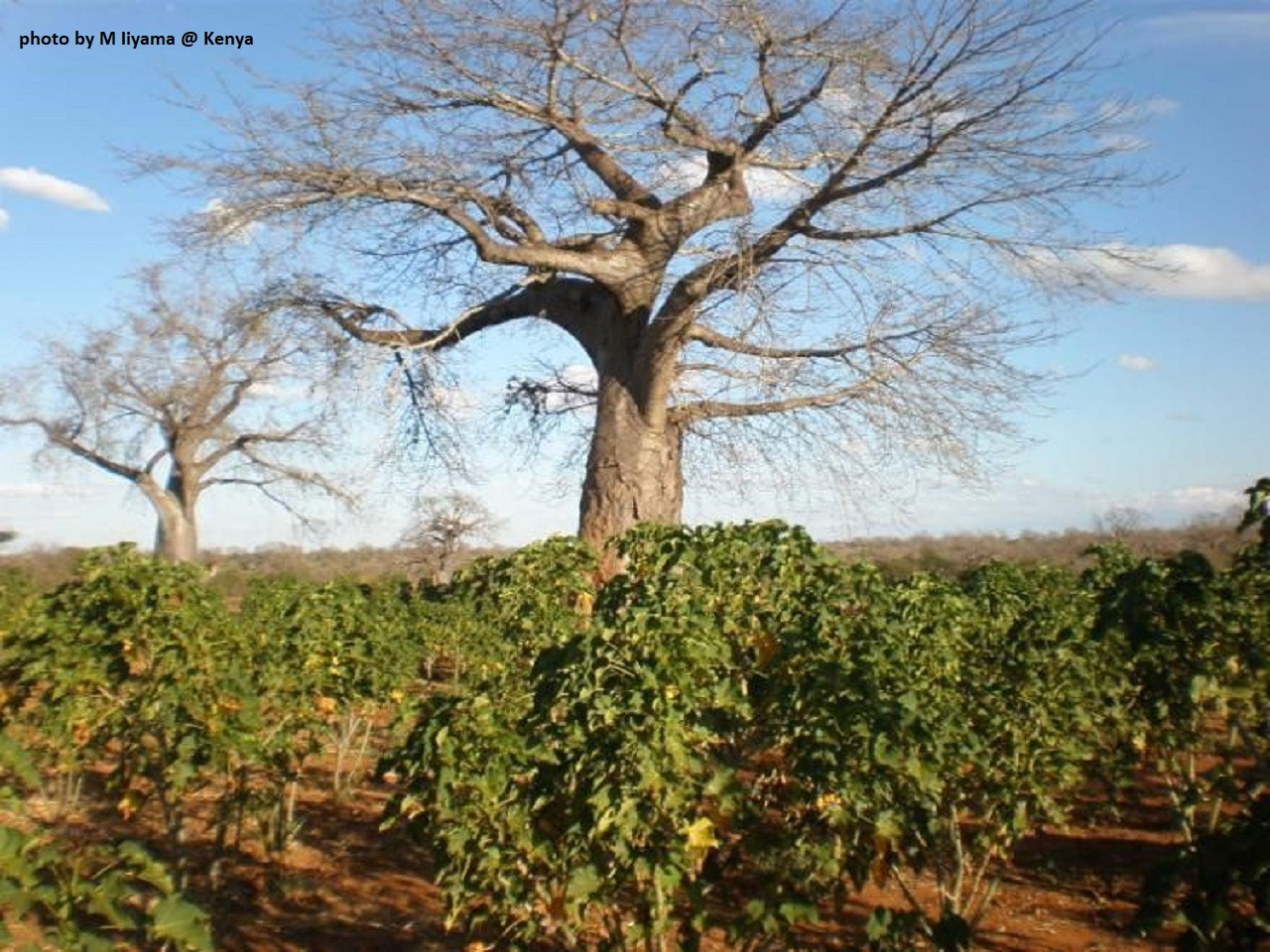Pick Up
526. Towards Sustainable Use of Wild Species

Many of the products around us such as cosmetics and supplements that we unconsciously use on a daily basis are made from wild plant species. For example, shea which grows across Africa from Senegal to Uganda is used in lotions, baobab which is also native to mainland Africa and has a characteristic thick trunk is used as cosmetic ingredient, argan which grows in Morocco, Algeria and Mauritania is also used as cosmetic ingredient due to its anti-aging properties, and frankincense which is native to north-eastern Africa and the Middle East is an ingredient of perfumes.
The Food and Agriculture Organization of the United Nations (FAO) published a new report, Wild Check: Assessing risks and opportunities of trade in wild plant ingredients, focusing in particular on 12 species or the so-called “wild dozen” that are hidden in products we use every day.
In recent years, global demand for wild raw materials has increased, especially in developed countries, where dietary supplement products using functional wild species are gaining popularity due to increasing health consciousness. Some estimates suggest that over the past 20 years, the value of wild species has increased by 75%. Thousands of species are threatened with extinction due to habitat loss, climate change, and overexploitation. At the same time, the sustainable use of these wild species provides a source of income for the world's most vulnerable people and is essential for maintaining food security and livelihoods. Conserving these species is essential to building inclusive, resilient, and sustainable food systems and economies.
The report hopes to raise awareness among all those involved in the trade in wild species, leading to conservation through responsible consumption and production.
Reference
Schindler, C., Heral, E., Drinkwater, E., Timoshyna, A., Muir, G., Walter, S., Leaman, D.J. and Schippmann, U. 2022. Wild check – Assessing risks and opportunities of trade in wild plant ingredients. Rome, FAO. https://doi.org/10.4060/cb9267en
Contributor: IIYAMA Miyuki (Director, Information Program)
